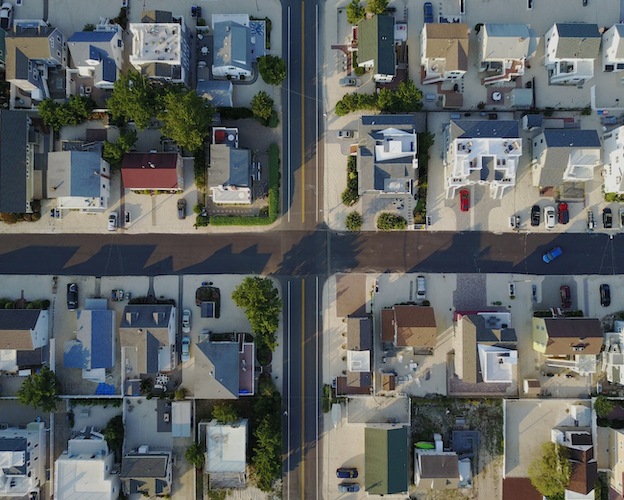In particular we focus on getting the loan structure right the first time, choosing which lenders to use in the right order (yes this is important) and finally getting our clients the best deal possible.
Fixed rates are increasing. What does this mean and is it too late to fix?
As we’ve seen in the past couple of weeks, all lenders including the major banks are beginning to shift their fixed interest rates up. Most have moved their most popular 2- and 3-year rates up by about 0.50% -0.70% pa.
Don’t panic! Fixed rates increasing is just the unwinding of the extraordinary support provided by the RBA to the banks over the last few years. It does not mean variable rates will immediately increase. In fact, we have seen quite a few lenders drop their variable rates by an equally large amount recently.
Why did the fixed rates end up lower than variable during the Covid? It’s an understatement to say that the pandemic was a period of uncertainty. The economy was looking very shaky. As a measure to keep the bank liquid and their lending taps flowing the RBA effectively offered the banks extremely cheap 2-year bonds at 0.10% pa. The bank in turn offered record-low fixed rates to consumers.
Traditionally, fixed rates have been higher than the variable rates on offer at a given moment in time. The “normal” for money markets is to have longer dated bonds offering a higher rate of return that shorter term bonds. A normal “yield curve” in other words. We have had a flat or even inverse yield curve at times for the last few years.
So why fix at all if it’s more expensive?
- Well firstly we are taking the view that lenders will now want to move people back to variable rates and we do expect to see some out of cycle rate increases by some of the major lenders in the next 12 months. Must keep those pesky shareholders happy! Most economists are also predicting official rate increases in 2023. So, on that basis it may not be too late to lock in some of your loan.
- Secondary fixed rates have always been an attractive option for first home buyers or other buyers who are at maximum leverage. They may pay a little bit more on their monthly repayments but what they’re buying is peace of mind that for the next couple of years, they won’t be affected by sudden market swings that could potentially push their repayments up to unsustainable levels. Fixed, stable repayments are a budgeter’s best friend which is crucial in the opening stages of their first (and usually biggest) mortgage.
Conclusion:
The fixed/variable relationship returning to normal is a good thing. It’s a strong signal that the economy is bouncing back and the outlook is positive. This naturally means that eventually there will be rate increases to come and it also means that there is still a place (albeit reduced) for fixed rates. But it isn’t a cause for panic – the inflation and wage growth numbers aren’t anywhere near where they need to be for RBA to act on the cash rates just yet.
If considering fixing there can be hefty break costs if you need to exit the loan before the fixed rate expires so please always remember to only fix if you are not planning to sell or refinance during the fixed period.
Recent Posts
- Is now the time to access equity? APRA changes coming + Interest rate outlook
- Government Guarantee Scheme – an update on the changes from 1st October 2025
- Limited Deposit and don’t qualify for the government guarantee scheme? Up to 100% LVR loans available
- Government grants and schemes - to help you into the market
- Is Darwin property about to go Boom?
- Comparing interest rates (Western Democracies)
- Stage 3 Tax cuts - how will it effect your borrowing capacity?
- Property Share Loan Structure
- SMSF Property Investing & Lending - Back on the agenda
- Could the next move in interest rates be down?
































